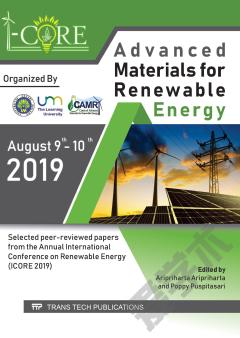Surfactants from Renewable Resources
Most modern surfactants are readily biodegradable and exhibit low toxicity in the aquatic environment, the two criteria for green surfactants. However the majority are synthesised from petroleum, so over the past decade the detergent industry has turned its attention to developing greener routes to create these surfactants via renewable building blocks. Surfactants from Renewable Resources presents the latest research and commercial applications in the emerging field of sustainable surfactant chemistry, with emphasis on production technology, surface chemical properties, biodegradability, ecotoxicity, market trends, economic viability and life-cycle analysis. Reviewing traditional sources for renewable surfactants as well as recent advances, this text focuses on techniques with potential for large scale application. Topics covered include: Renewable hydrophobes from natural fatty acids and forest industry by-products Renewable hydrophiles from carbohydrates, amino acids and lactic acid New ways of making renewable building blocks; ethylene from renewable resources and complex mixtures from waste biomass Biosurfactants Surface active polymers This book is a valuable resource for industrial researchers in companies that produce and use surfactants, as well as academic researchers in surface and polymer chemistry, sustainable chemistry and chemical engineering.
{{comment.content}}








 京公网安备 11010802027623号
京公网安备 11010802027623号